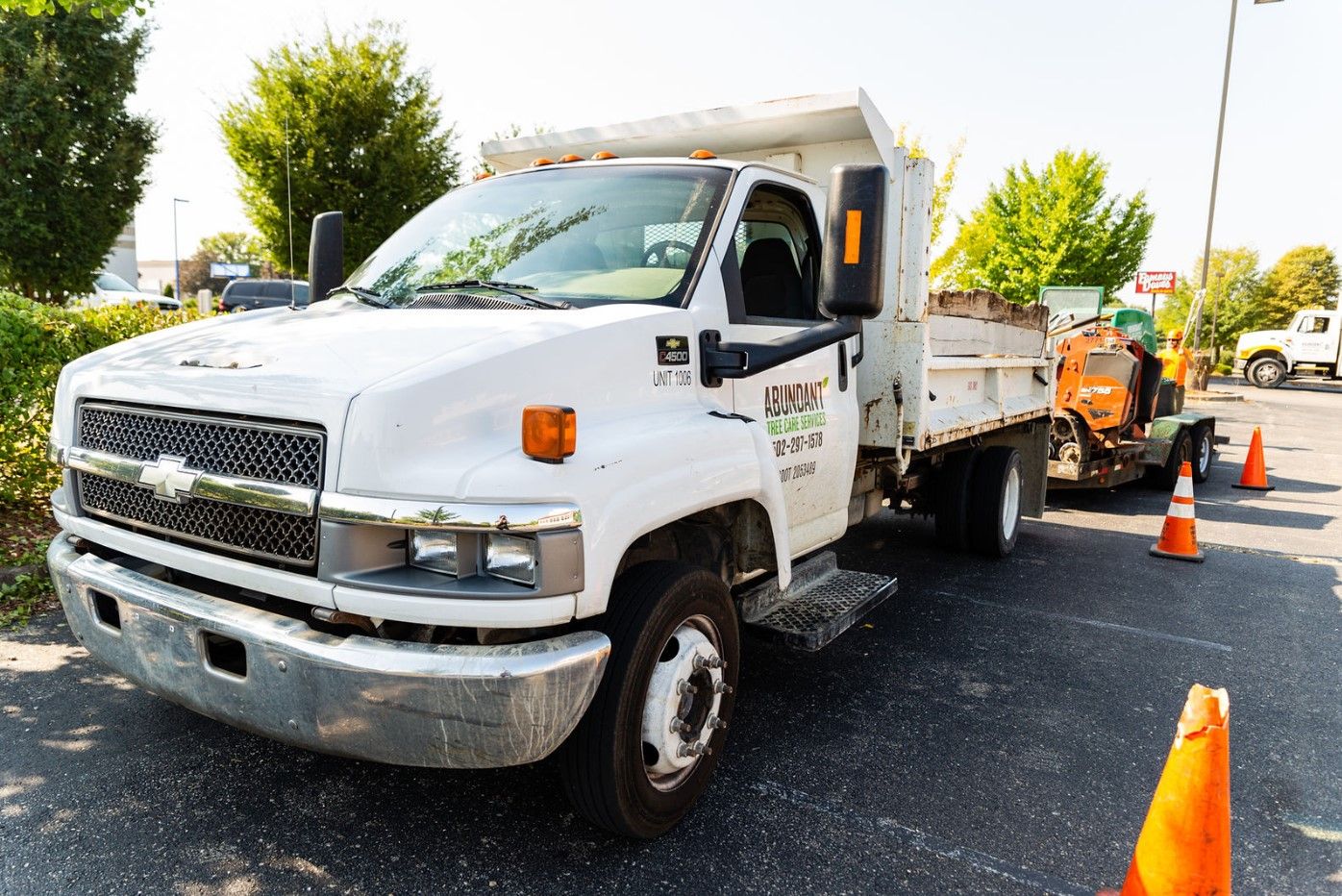As we mentioned a couple of weeks ago, February is a great time to prep your trees for optimal growth through fertilization. At this time, your plants and trees are beginning – or will soon begin – to enter their growth phase Providing them with important nutrients now will make sure they are used most effectively.
There are definitely some important guidelines to consider, though, before you head out there and start digging in.
When and How Often to Fertilize
- Freshly planted trees should be fertilized lightly if at all. In the first year after planting, these baby trees are still establishing their root system, and it’s best not to encourage excessive vegetative growth during this time.
- Throughout the first five to ten years after planting, your trees growth can be stimulated a bit more with annual fertilization. You’ll still want to keep it moderate, though, as excessive fertilization can result in a weaker branch structure.
- Mature trees generally do not need to be fertilized as frequently – probably no more often than once a year.
- If your tree has been damaged by pruning, squirrels, lightning or lawn care equipment, fertilization can also help speed along its recovery.
- Certain trees are naturally fast-growing and will need less fertilizer to achieve the desired rate. These include: tulip poplar, sycamore, swamp red maple, lacebark elm, and green ash.
More Information
If you missed it, backtrack to our first post of the month for more information on how you can tell if your tree needs a little boost in nutrients. If you find it does, give us a call. We can advise you on finding the right fertilizer to apply, or we are happily for hire to come over and do it for you.





